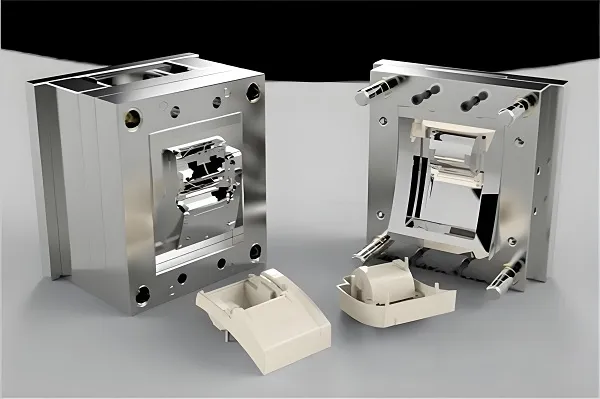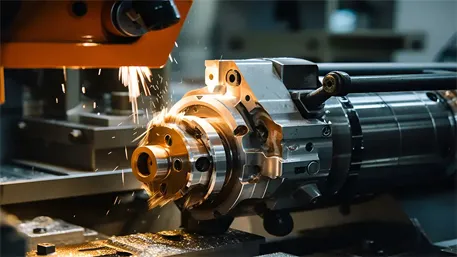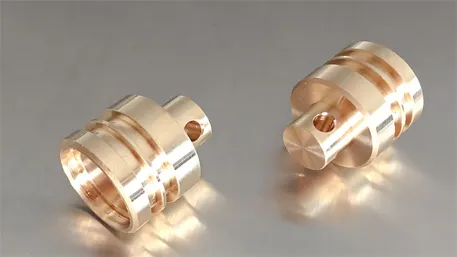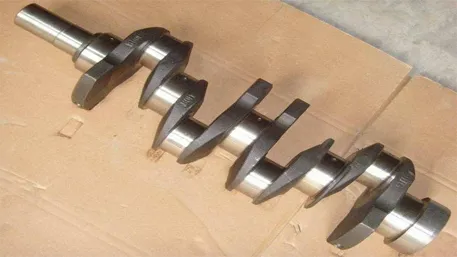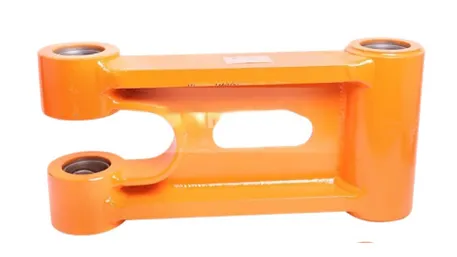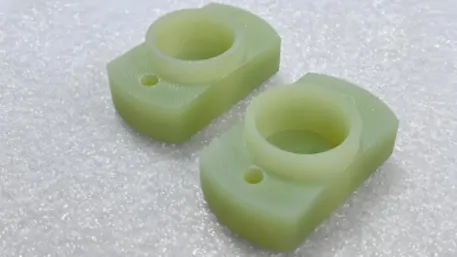In the era of rapid technological development, 3D printing technology is changing the landscape of the manufacturing industry at an unprecedented pace. As an important part of 3D printing services, custom 3D – printed parts, with their unique advantages, demonstrate huge application potential in multiple fields. Recently, a series of remarkable progress has been made in technological innovation, market expansion, and industry cooperation.
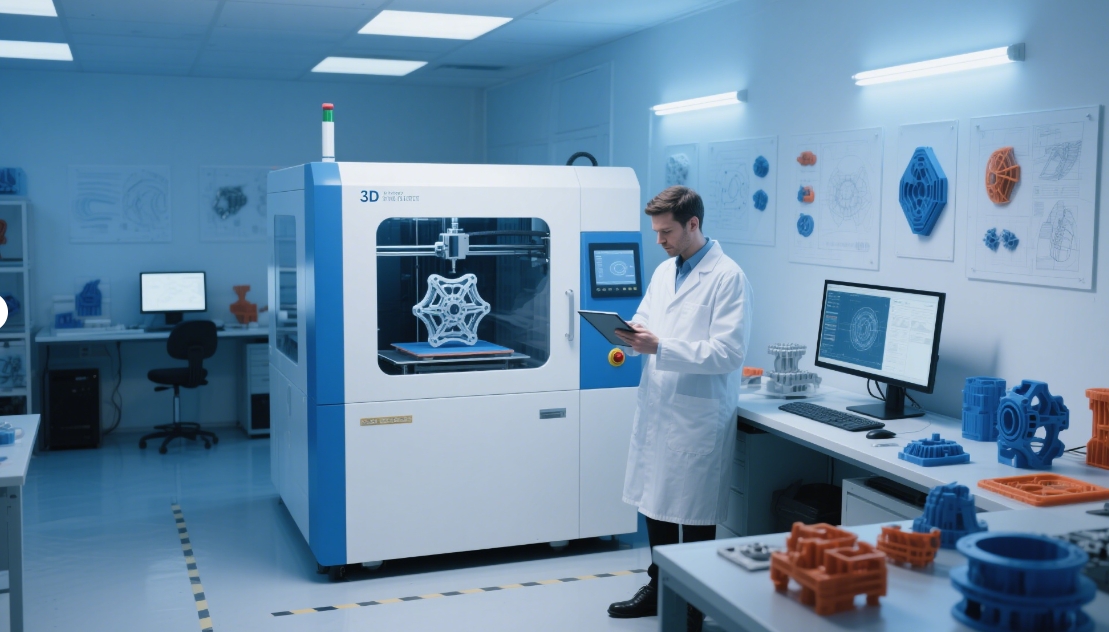
I. Technological Breakthroughs: Unlocking New Possibilities for Custom 3D – Printed Parts
Material Innovation Expands Application Boundaries
Recently, advancements in materials science have injected new vitality into custom 3D – printed parts. For example, the copper – nickel alloy powder jointly developed by Renishaw and Metalpine not only has good electrical conductivity and corrosion resistance but also meets the MRO (Maintenance, Repair, and Overhaul) needs of the European Navy. This new material enables 3D – printed parts to be more widely applied in fields with extremely high requirements for material performance, such as aerospace and ocean engineering. In addition, the lunar construction technology exploration supported by NASA uses lunar regolith for 3D printing. This breakthrough provides the possibility for part manufacturing in future space exploration, demonstrating the infinite potential of 3D – printing materials.
Printing Technology Upgrade Improves Quality and Efficiency
With the continuous upgrading of 3D printing technology, the quality and printing efficiency of custom parts have been significantly improved. The Dutch company Donkervoort adopted the 3D – printed water – cooled charge air cooler of Conflux on the P24 RS sports car, achieving a breakthrough in unsupported printing technology. This innovative technology not only reduces the support structure during the printing process, reducing material waste, but also improves the accuracy and surface quality of the parts. At the same time, some enterprises have significantly increased the 3D – printing speed by optimizing printing parameters and equipment performance, enabling them to meet customers’ demands for custom parts more quickly.
II. Market Dynamics: Demand from Multiple Fields Drives the Growth of Custom 3D – Printed Parts
Automotive Industry: An Ideal Choice for Personalization and Lightweighting
In the automotive manufacturing field, custom 3D – printed parts are gradually becoming an important means to achieve personalized design and lightweighting goals. Many automakers have started to use 3D printing technology to produce some unique parts, such as automotive interiors and engine intake manifolds. These custom parts can not only meet consumers’ demands for personalization but also achieve lightweighting through optimized design, improving the performance and fuel economy of vehicles. For example, some high – end sports car brands have manufactured more complex and lightweight parts through 3D printing technology, enhancing the overall competitiveness of the vehicles.
Medical Field: Precise Customization Improves Patients’ Treatment Experience
The medical industry also has an increasing demand for custom 3D – printed parts. 3D printing technology can precisely customize medical devices and implants that conform to patients’ physiological characteristics according to their specific conditions, such as dental aligners, prosthetics, and bone implants. This precise customization not only improves the treatment effect but also reduces patients’ pain and recovery time. For example, some medical institutions use 3D printing technology to customize personalized surgical guides for patients, making surgeries more accurate and safe.
Aerospace: Meeting the Requirements of Complex Structures and High Performance
The aerospace field has extremely high requirements for the performance and structure of parts, and custom 3D – printed parts can just meet these needs. Through 3D printing technology, aerospace parts with complex internal structures and high performance can be manufactured, such as engine blades and structural parts of aerospace vehicles. These parts can not only reduce weight and improve the performance of the aircraft but also enhance the reliability and safety of the parts through optimized design.
III. Industry Cooperation: Accelerating the Industrialization Process of Custom 3D – Printed Parts
Collaboration between Enterprises and Research Institutions for Innovation
To promote the development of custom 3D – printed part technology, the cooperation between enterprises and research institutions has become increasingly close. Many enterprises have established cooperative relationships with universities and research institutes to jointly carry out research and development of 3D printing technology. For example, some 3D – printing enterprises cooperate with materials science research institutions to develop new printing materials; and cooperate with mechanical engineering research institutions to optimize printing equipment and processes. This cooperation model accelerates the innovation and industrialization process of technology, providing strong technical support for the development of custom 3D – printed parts.
Collaborative Development of the Up – and Down – stream of the Industrial Chain
The development of custom 3D – printed parts is inseparable from the collaborative cooperation of the up – and down – stream of the industrial chain. All links of the entire industrial chain, from material suppliers, equipment manufacturers to printing service providers and end – users, need to cooperate closely. For example, material suppliers need to provide suitable materials according to the requirements of printing equipment; equipment manufacturers need to continuously improve the performance and stability of equipment; printing service providers need to provide high – quality customized services according to customers’ demands; and end – users need to provide timely feedback on usage to promote continuous product improvement. Through the collaborative development of the up – and down – stream of the industrial chain, the industrial ecosystem of custom 3D – printed parts will be more complete, and the market competitiveness will be continuously enhanced.
IV. Frequently Asked Questions and Custom Service Guide for 3D – Printed Parts
(1) Frequently Asked Questions
Q1: How to choose the suitable 3D – printing material?
A: Choose according to the part’s usage:
For strength – priority (such as mechanical structural parts): Carbon – fiber – reinforced nylon, aluminum alloy (such as AlSi10Mg), mold steel, etc. can be selected;
For high – temperature / corrosion – resistance (such as aerospace parts): Titanium alloy, copper – nickel alloy, PEEK, etc. are recommended;
For low – cost and rapid verification (such as prototypes): ABS, PLA, and photosensitive resin are the first choices;
For biocompatibility (such as medical implants): Medical – grade titanium alloy and PLLA biodegradable materials are suggested.
Q2: What accuracy can 3D – printed parts achieve?
A: The accuracy is affected by the equipment type and process:
FDM process: The accuracy is ±0.1 – 0.3mm, suitable for large – sized parts;
SLA/SLS stereolithography: The accuracy is ±0.05 – 0.1mm, suitable for precise and complex structures;
Metal printing: The accuracy is ±0.05 – 0.2mm, and it can be further improved to ±0.02mm through heat treatment and machining.
Q3: How long is the production cycle for small – batch customization?
A: Usually 3 – 15 working days:
Data processing (modeling / slicing): 1 – 2 days;
Printing process (taking a 10 – cm part as an example): 6 – 48 hours;
Post – processing (polishing / painting / heat treatment): 2 – 5 days;
Urgent service is available, and samples can be delivered within 24 hours at the fastest.
Q4: Is support needed when 3D – printing complex curved surfaces or hollow structures?
A: It depends on the process and angle:
Unsupported technology: For example, the cooler printing of Conflux can achieve unsupported forming of overhanging structures above 45° by optimizing the slicing algorithm;
Necessary support: In traditional FDM printing, support needs to be added for overhanging parts exceeding 45°, and soluble support may be required for complex inner cavities in metal printing, which can be removed during post – processing.
Q5: How to ensure the quality stability of 3D – printed parts?
A: Through triple guarantees:
Material certification: All metal powders pass ISO 9001 certification, and plastic particles meet RoHS/REACH standards;
Process monitoring: The printing process uses real – time laser scanning for temperature measurement, and automatic calibration is carried out when the deviation exceeds 0.5℃;
Testing equipment: Equipped with coordinate measuring machines (CMM) and CT scanners, with a 100% full – inspection rate for key dimensions.
(2) Custom Marketing Language: From Needs to Solutions
- Custom proposal for engineers / designers:
“Still worried that traditional processing can’t achieve complex flow channels and lightweight lattice structures? Our 3D printing technology supports 0.1 – mm detail restoration and the formation of any geometric shape. Whether it’s the hollow blades of aerospace or the integrated multi – cavity parts of automobiles, you can quickly verify the design without mold – opening —— Upload the STL file, and get the process plan and quotation within 2 hours, making it quicker to bring your ideas to life.” - Value promise for enterprise procurement:
“High cost for small – batch production? High inventory backlog risk? Our flexible manufacturing solution is perfectly suitable for customization needs of 5 – 500 pieces:
Reduce costs by 30% – 50% compared with traditional CNC machining (with more significant advantages for complex structures);
Compress the delivery cycle to 1/3, support one – stop services for multi – material mixed printing and surface treatment;
Provide more than 50 high – performance materials such as mold steel / titanium alloy / bio – absorbable materials, meeting the application needs of automobiles, medical, and industrial equipment in all scenarios.” - Quick prototyping plan for entrepreneurs:
From creative drawings to physical samples, make product iteration as fast as ‘print – and – get’.” - Industry – specific solutions:
For automobile OEMs: “Customize lightweight battery brackets (weight reduction of 40%) and personalized headlight lenses for new energy vehicles, support seamless connection with the vehicle’s CAE data, and simultaneously complete strength simulation and printing process optimization.”
For medical device manufacturers: “Medical – grade 3D printing service —— Complies with ISO 13485 standards, can produce orthopedic guides (accuracy ±0.03mm), dental prostheses (biocompatibility certification), supports direct modeling from patients’ CT data, and delivers customized medical devices within 24 hours.”
For aerospace customers: “Passed the AMS 4999 titanium – alloy printing certification, undertakes the manufacturing of aerospace structural parts (fatigue strength increased by 20%), provides a complete NDT test report from samples to mass production, and meets the AS9100D aerospace quality management system.”
Take action now:
Click to get the “3D – Printed Custom Parts Selection Manual”, which includes material performance comparison tables, process cost calculators, and industry case collections; or directly upload the drawings to enjoy one – on – one solution customization by senior engineers, making every part an industrial art piece “made for you”.
Through the above content, not only are the actual questions of potential customers solved, but also different customer groups with different needs are accurately reached through scenario – based language, promoting the transformation from technological awareness to business cooperation.

